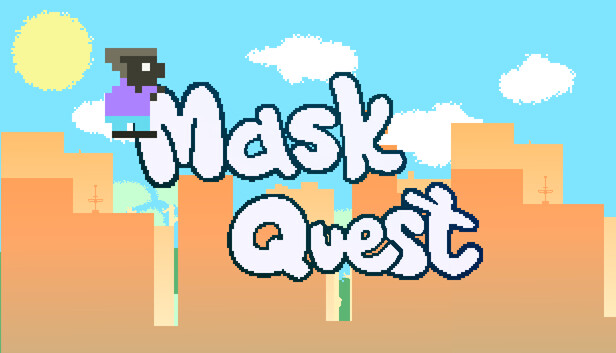- 6 Posts
- 15 Comments
UX is not primarily about how your project looks like, but about how easy it is for humans to interface with it.
On the other hand, user interfaces that are difficult to read or have misleading layouts can seem ugly.
I can recommend the book “the gamer’s brain” by Celia Hodent. Maybe this blog post of hers can give you a rough idea what the book will cover. Although she focuses on games, the lessons are universal.
It is often a little depressing for Italian women when they move to Northern Europe, because the lack of people aggressively hitting on them makes them feel unattractive.

 4·2 years ago
4·2 years agoYeah I think it’s mostly a meme now. Either you read comments from people who loved it, or jokes from people who haven’t played it. I had no expectations before playing it and liked it so much that I even preordered the DLC, to show my support. (I don’t care about the preorder bonus, and I don’t think preordering games is reasonable, but I’m gonna play it right away anyway, so it doesn’t matter in this case)

 2·2 years ago
2·2 years agoI tried the demo for a bit and it makes mistakes every time, but gets enough things right to be promising! I wonder how this will evolve in the coming months.

 1·2 years ago
1·2 years agoThat looks really cool! Is there a demo one could try somewhere?

 1·2 years ago
1·2 years agoThanks, it’s great to have more multilingual models! It’s a little surprising that RLHF outperforms SFT so consistently in their experiments. I guess it’s worth it after all.
Tried the q2 ggml and it seems to be very good! First tests make it seem as good as airoboros, which is my current favorite.
Without mps it uses a lot more memory, because fp16 is not supported on the cpu backend. However, I tried it and noticed that there was an update pushed to the repository that split the model into several parts. It seems like I’m not getting any memory leaks now, even with mps as backend. Not sure why, but maybe it needs less RAM if the weights can be converted part by part. Time to test this model more I guess!
By MPS I mean “metal performance shaders”, it’s the backend that enables pytorch to use apple’s metal api to use apple silicon specific optimizations. I actually think it’s not unlikely that the issue is with pytorch. The mps support is still beta, and there was a bug that caused a lot of models to output gibberish when I used it. This bug was an open issue for a year and they only just fixed in a recent nightly release, which is why I even bothered to give this model a try.
That being said, I think one should generally be cautious about what to run their computers, so I appreciate that you started this discussion.
I think that’s a very relevant comment, and I also got spooked by this before I ran it. But I noticed that the GitHub repo and the huggingface repo aren’t the same. You can find the remote code in the huggingface repo. I also briefly skimmed the code for potential causes of the memory leak, but it’s not clear to me what’s causing it. It could also be PyTorch or one of the huggingface libraries, since mps support is still very beta.

 2·2 years ago
2·2 years agoI think they added full voiceover to divinity original sin in an update.
Very interesting! Did you test chatGPT as well for comparison?

 2·2 years ago
2·2 years agoI just started saving a list of prompts to test models with. It’s not exhaustive of course, but there are a few which help me cull new models quickly. Of course I can’t share them because I don’t want them to leak into training data. :)




The latest Claude is even slightly better than gpt4o, and you can use it for free.